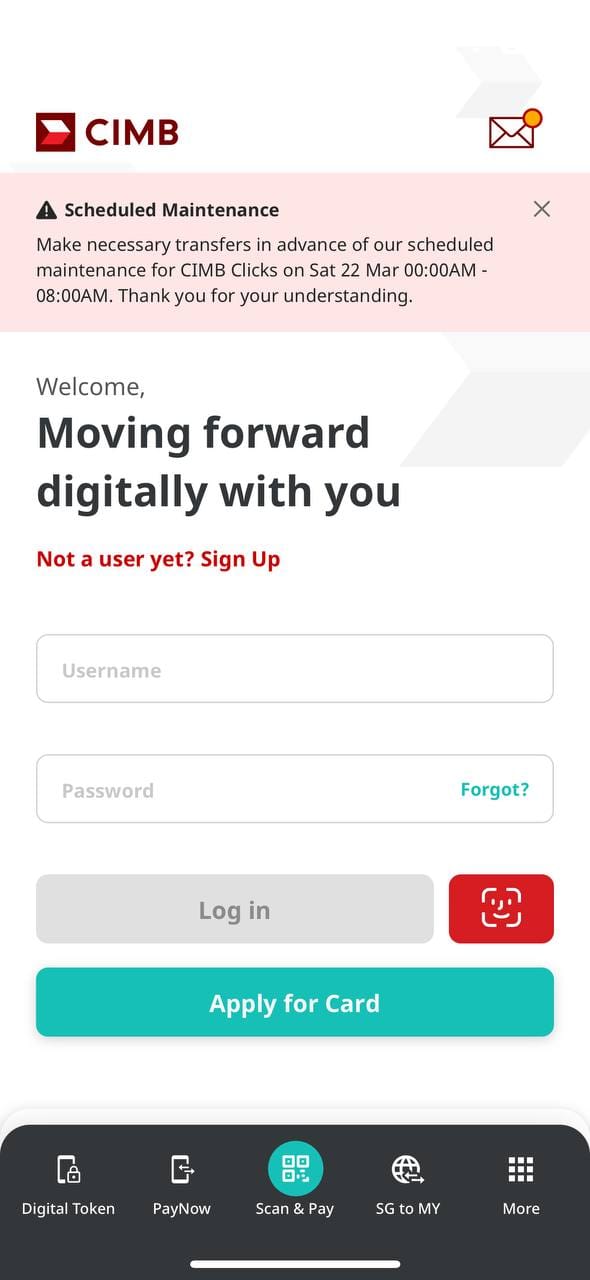The Day My Bank's Support Team Failed Me: A Wake-Up Call for Tech Leaders

"Have you tried restarting your phone?"
I gripped my phone tighter, taking a deep breath. "Yes, I've restarted it multiple times. I've also reinstalled the app, and I'm receiving SMS messages from other banks without issue. This is clearly a problem on your end."
"Have you tried removing the app from your old phone?" the customer service representative repeated, his voice betraying not even the slightest acknowledgment of what I'd just said.
This wasn't just an annoying customer service call. It was the moment I realized how deeply a poorly trained support team can damage a company's relationship with its customers.
New Phone, Same Old Problems
It started innocently enough. I had just upgraded from my iPhone 13 mini to the iPhone 16, which meant I needed to set up my banking authenticators again. As someone who works in tech, I understand the security reasons behind these processes. Each bank had its own procedure:
- Public Bank required me to complete the final step at a nearby ATM
- Standard Chartered Malaysia needed me to call for a temporary PIN
- Most banks completed the entire process via SMS verification
- Singapore banks like DBS and Citi impressed me by using Singpass with facial verification – more steps but a dramatically smoother experience
Then there was CIMB Singapore. Their app was already problematic – they disabled copy-paste functionality "for security reasons," forcing me to compromise my password strength since I couldn't use my password manager effectively. But the real trouble started when I tried to set up my digital token.
CIMB uses SMS verification for this process. Simple enough, except no verification code ever arrived. I waited. And waited. Tried again. Still nothing. After 30 minutes of troubleshooting, I was certain the problem wasn't on my end. Other banks were successfully sending SMS messages to the same phone number.
The Call That Changed Everything
I finally called CIMB's customer support, expecting them to acknowledge the issue and escalate it to their technical team.
Instead, I entered what felt like a scripted nightmare.
"Have you tried removing the app from your old phone?"
"Have you tried reinstalling the app on your new phone?"
"Have you tried restarting your phone?"
No matter what I said, the support representative would cycle back through these same three questions. When I explained that yes, I had tried all these steps multiple times, he simply started the script over again. There was no deviation, no adaptation to the information I was providing.
After ten minutes of this maddening loop, I explicitly asked: "If you can't solve my problem, isn't your procedure to escalate this to someone who can?"
More script recitation followed. I had to demand escalation multiple times before he finally transferred me to his manager.
The manager quickly confirmed what I already knew – this was a system issue that needed technical intervention. She promised to escalate it to the technical team.


Later that day, I noticed something telling – CIMB had posted a maintenance notice for that very night. The next morning, I tried again, and the authentication process worked flawlessly. The issue had been fixed, but at what cost to my trust in their service?
A Different World Is Possible
This experience stood in stark contrast to another support interaction I'd had with TMNET, Malaysia's primary internet service provider. Despite their historically poor reputation, they surprised me with exceptional service when I faced connection issues.
The support agent moved efficiently through basic troubleshooting. When those steps didn't resolve my problem, he immediately said, "This is beyond my scope. I need to escalate this to our technical team, and they'll call you today."
I was skeptical, but sure enough, they called within an hour and arranged for a technician to visit the next day. The technician not only fixed the issue but took time to explain what had happened. Although the problem turned out to be on my end, they didn't charge the diagnostic fee they could have.
This experience showed me what's possible when support teams are properly trained, empowered to escalate, and focused on actually solving problems rather than deflecting them.
The Hidden Damage
My CIMB experience isn't just about one frustrated customer. It reveals deeper organizational dysfunctions:
Blocked Early Warnings: How many customers encountered this same issue but gave up rather than pushing through the support barrier? How long had this problem existed before someone persistent enough finally broke through?
The support agent's robotic adherence to script actually prevented the organization from learning about a significant system failure. While I eventually got through, how many others didn't? Each of those customers represents not just a momentary frustration but potentially a permanent erosion of trust.
Compounding Technical Debt: The technical issue itself was relatively simple to fix – evidenced by how quickly it was resolved once properly escalated. But by delaying proper diagnosis and resolution, CIMB allowed thousands of customers to have negative experiences.
Brand Perception Damage: That 30-minute call permanently changed my perception of CIMB. What was once a neutral banking relationship is now tainted by the memory of feeling disrespected and ignored. I'm now actively looking at alternatives, and I'm certainly sharing this story with others.
The Real Questions Tech Leaders Should Ask
This experience has forced me to reflect on my own role in building technical systems and support processes. As tech leaders, we need to ask ourselves:
- Are our support teams empowered or constrained? The CIMB representative wasn't failing because he was lazy or incompetent. He was failing because he'd been trained to follow a script without deviation. He likely faced disincentives for escalating issues, creating a barrier between customers and actual problem resolution.
- Are we listening to the signals support calls provide? Support interactions contain invaluable product intelligence. Are we collecting this data? Are we analyzing patterns? Or are we treating support as a cost center to minimize rather than an intelligence-gathering opportunity?
- How do we handle critical dependencies like SMS delivery? SMS verification is convenient but has inherent reliability issues. Do we have robust monitoring in place? What are our thresholds for investigating delays? What alternatives have we considered?
- Do our security measures actually enhance security? CIMB's prevention of copy-paste functionality actually reduced my security by forcing me to use a simpler password. Are we critically evaluating the real-world impact of our security decisions, or just implementing controls that look good on compliance checklists?
Breaking the Cycle
The difference between my CIMB and TMNET experiences wasn't just about individual support agents. It reflected fundamentally different organizational approaches:
CIMB had created a system where support was a barrier – trained to deflect and minimize escalations, regardless of customer impact.
TMNET had built a support function that served as a pathway – efficiently filtering simple issues while quickly routing complex ones to appropriate expertise.
As a tech leader, I'm committed to building the latter. This means:
- Training support teams to think critically, not just follow scripts
- Creating clear, frictionless escalation paths for complex issues
- Implementing monitoring systems that can detect anomalies before customers report them
- Balancing security controls with real-world usability
- Treating support interactions as valuable product feedback, not just problems to resolve
The Bottom Line
Your support team isn't just a cost center – they're the front line of your customer experience and your early warning system for technical issues. When they're poorly trained, unmotivated, or trapped in rigid processes, they don't just fail your customers – they fail your entire organization.
The real question isn't whether you can afford to invest in better support. It's whether you can afford not to.
I never expected a simple phone upgrade to teach me so much about organizational effectiveness. But that's the thing about customer experiences – they reveal the truth about your systems in ways that internal metrics never will.
How would your support team handle a customer like me? The answer might tell you more about your organization's health than you'd like to know.
